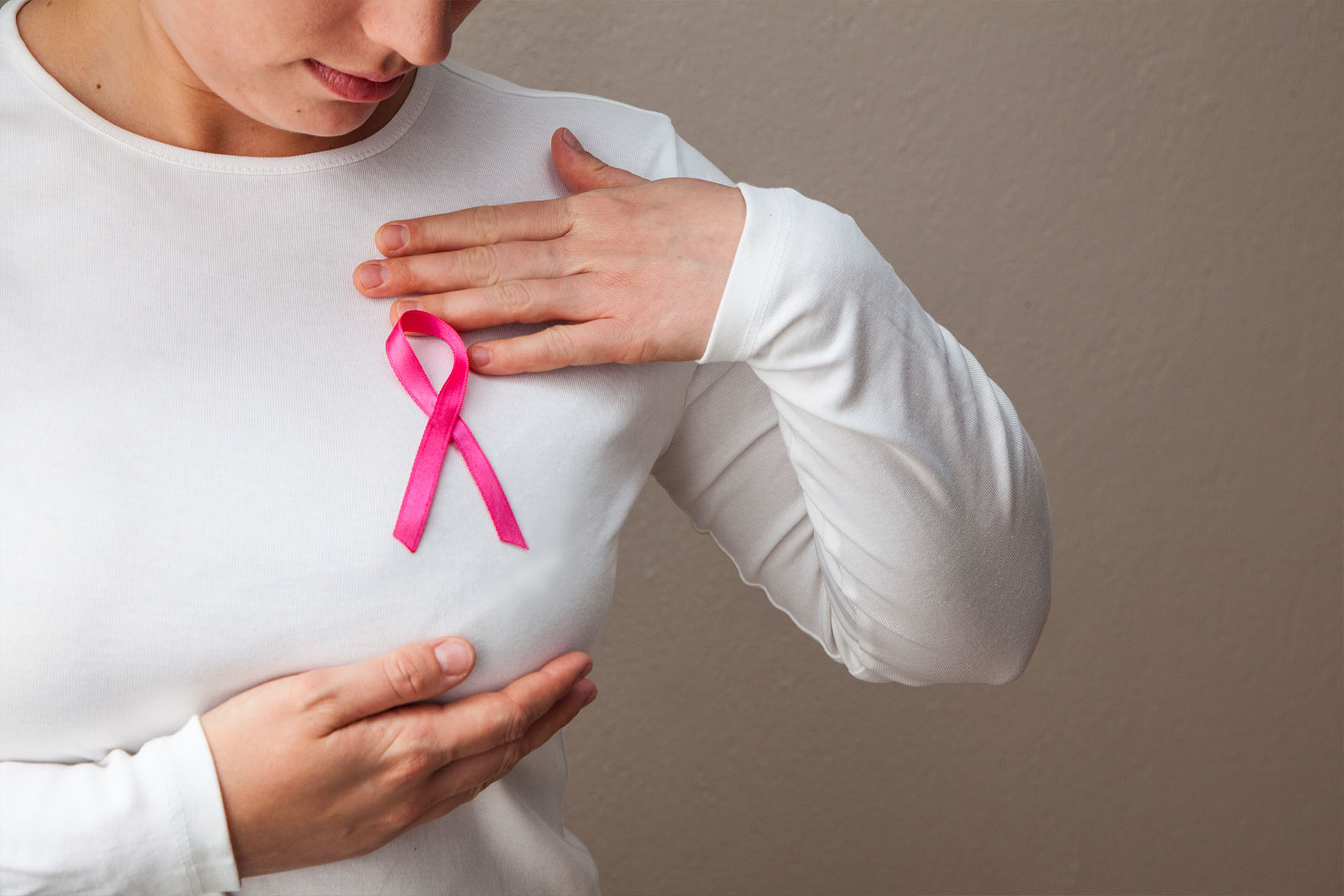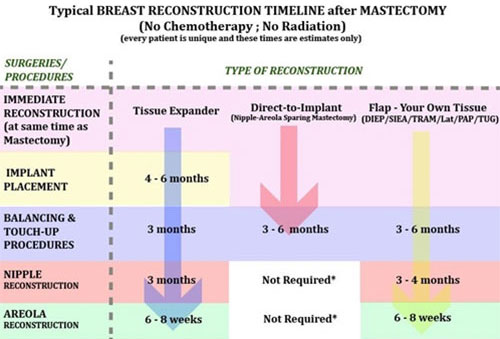Breast reconstruction
Breast reconstruction is the creation of a new breast after a mastectomy or breast removal due to breast disease breast reconstruction re stores the form of the breast and the mound of the breast and it has been proven that it has major benefits for women after mastectomy in terms of their psychology, self-esteem and their quality of life however although the skin of the breast is the regular patience skin , the breast that is created does not contain breast glands and regular breast tissue but it contains either tissue from another part of the body or silicone. Additionally every effort is made in order to achieve a symmetrical breast compared to the other side and many women’s breasts look even better after reconstruction than they did before.



